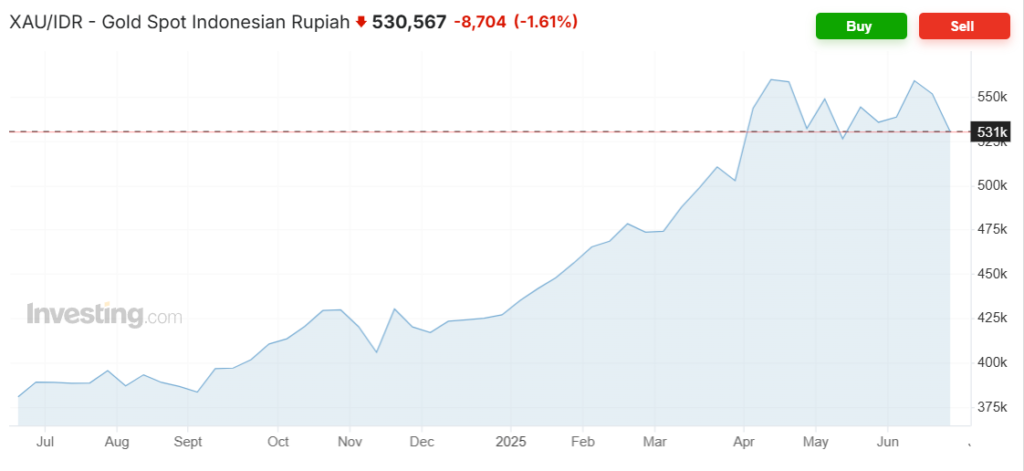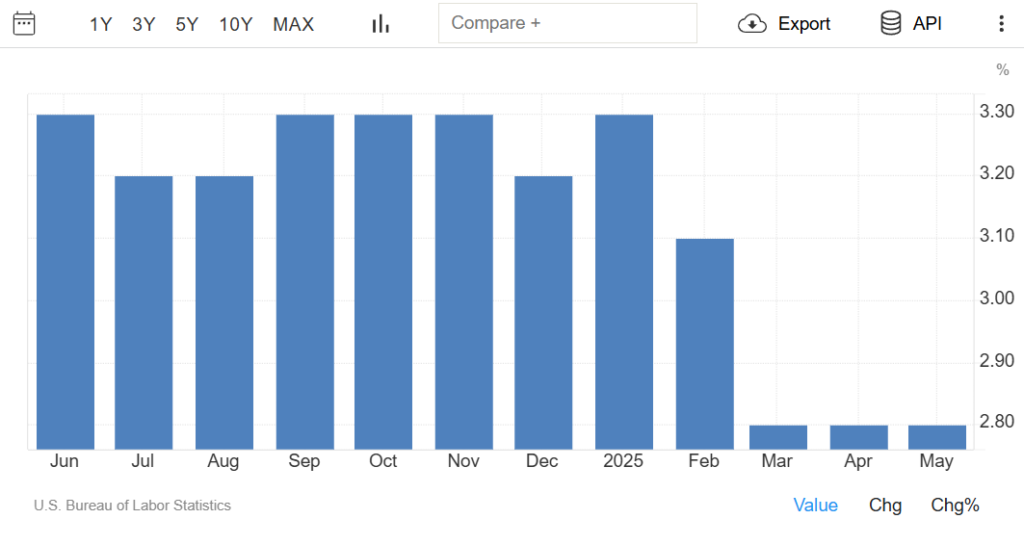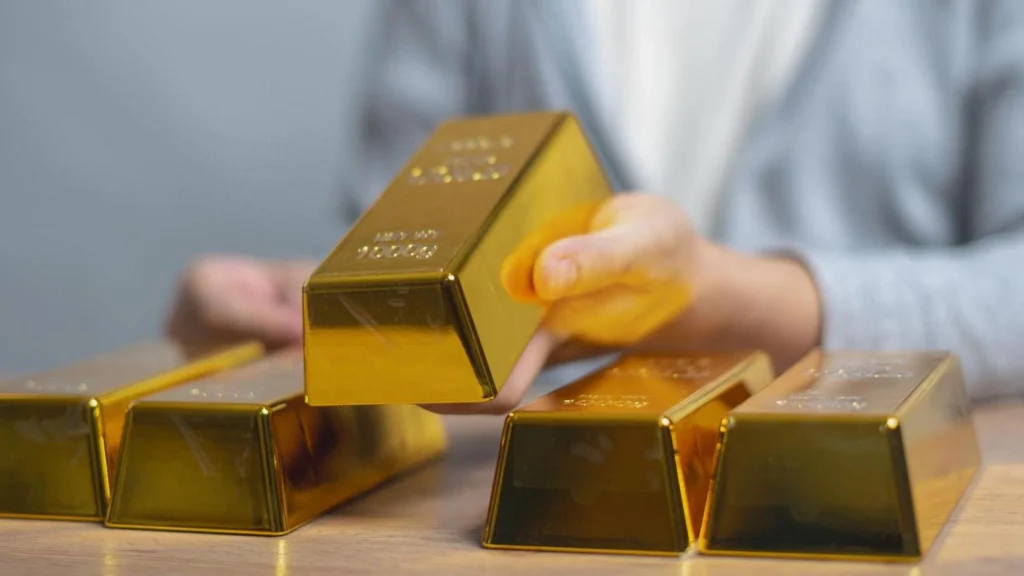Step 1: Know the Pair — What XAU/IDR Really Represents
The XAU/IDR pair shows how much one ounce of gold is worth in Indonesian Rupiah. It’s not a common pair in global forex rankings, but it’s deeply relevant locally. Gold prices reflect global demand, inflation, and financial safety, while the IDR is tied to regional politics, energy prices, and central bank policy. Your XAU IDR trading strategy starts with recognizing that this pair combines two worlds — international metals and local money. Balancing them is the first key.
Step 2: Choose When to Trade — Based on Gold’s Rhythm and IDR’s Mood

Source: Investing.com
The global gold market is most active during the London and New York sessions — roughly 3 PM to 4 AM WIB. These are periods of higher volume and faster execution. But don’t ignore the Asian morning hours: between 8 AM and 10 AM WIB, the IDR often responds to local news and early sentiment. A responsive XAU IDR trading strategy follows this timing — looking for breakout setups during global hours and reaction trades during the Asian session.
Step 3: Select a Trading Approach that Matches Market Conditions

Source: TradingEconomics
There’s no one-size-fits-all method. A solid XAU IDR trading strategy adapts to the chart and the news.
- Trending markets: Use moving averages or trendlines to follow momentum.
- Choppy markets: Identify range boundaries and trade reversals at support/resistance zones.
- Event-driven moves: Consider breakouts after scheduled economic releases — such as U.S. Fed updates or Indonesian inflation reports.
Whichever method you choose, stay consistent and focus on execution, not prediction.
Step 4: Read the Chart — Then Read the News
Gold doesn’t move in a vacuum. Neither does the Rupiah. Use standard tools like MACD, RSI, or Bollinger Bands to spot setups — but layer them with current events. For instance, if global inflation is heating up and gold is rising, look for buying opportunities. But if Bank Indonesia signals a rate hike, expect stronger IDR and a possible retracement. An effective XAU IDR trading strategy connects dots between charts and headlines.
Step 5: XAU IDR Trading Strategy- Define Your Risk Before You Even Click “Trade”

Gold pairs are volatile. XAU/IDR even more so, because of the double movement. A proper XAU IDR trading strategy includes clear stop-loss rules. Risk no more than 1–2% of your total account on a single trade. Use ATR (Average True Range) or recent candle sizes to set your stop distances, especially in fast-moving markets. Avoid overleveraging — especially on uncertain news days or during holidays with lower volume.
Step 6: XAU IDR Trading Strategy- Use a Platform that Supports Local Needs

Not every platform offers the tools needed for this pair. Indonesian traders often prefer brokers that provide:
- Access to XAU/IDR live charts
- IDR-based accounts
- Local funding and withdrawal methods
- Market news tailored to Indonesian events
Some platforms also allow for invest emas alongside forex features — useful for traders who want to combine active trading with longer-term gold savings.
Step 7: Start Small — And Document Everything
Even with the best setup, you’ll need to test your ideas. Practice it on a demo account or use micro-lots to minimize real-money pressure. Keep a trading journal. Write down what you saw, why you entered, and how the trade played out. Over time, patterns in your own behavior — and in the market — become clearer. That’s where real progress starts.
Final Note: XAU IDR Trading Strategy Is Not About Predicting — It’s About Preparing
A well-structured XAU IDR trading strategy doesn’t chase price or rely on guesses. It builds around timing, local awareness, and risk boundaries. By treating gold like a global signal and the Rupiah like a regional response, Indonesian traders can navigate this unique pair with more confidence. Think of it not as a shortcut to quick wins — but as a map for long-term growth.











